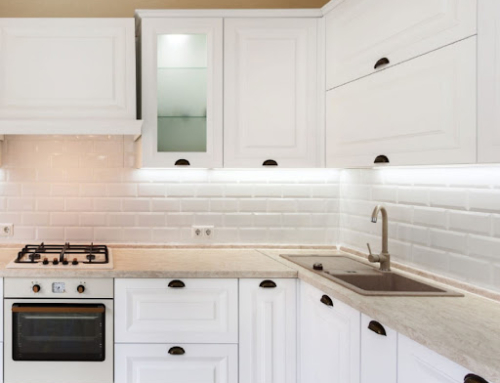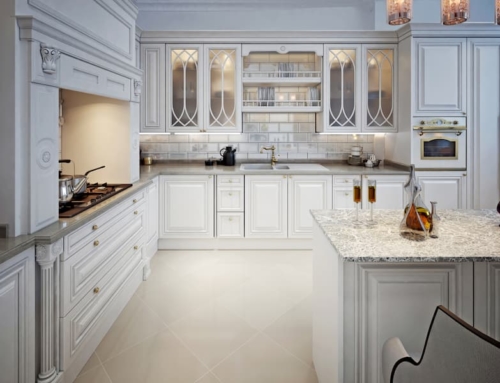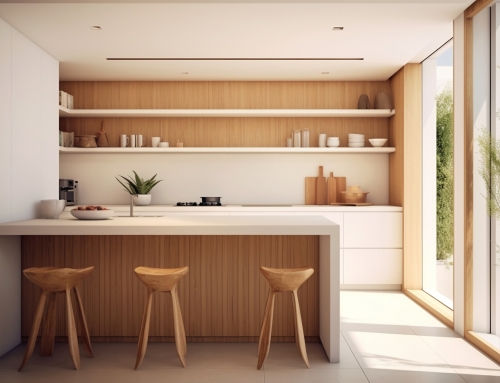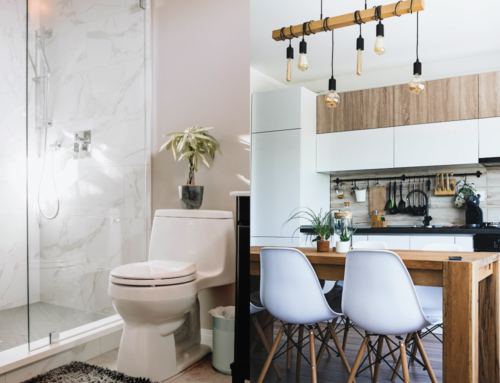When remodeling a kitchen what comes first?
The kitchen is often referred regarded be the “heart” of a house, and it is not difficult to see why this is the case. This multifunctional space welcomes family and friends for get-togethers, acts as a kitchen and eating area, and provides a space for doing chores around the home. In spite of this, the kitchen is still a very important part of a house, both in terms of its appearance and in terms of how it functions.
In this piece, we will discuss the myriad of factors that contribute to the kitchen’s status as one of the most essential rooms in a house, as well as the factors that indicate that it is well worth the homeowner’s time, energy, and financial resources to plan, design, and renovate this essential room. The renovation of a kitchen may be a substantial commitment, both in terms of one’s time and one’s financial resources.
On the other hand, it is also one of the home renovation projects that has the potential to have the most effect. Remodeling your kitchen may have a wide range of positive effects on your life, including increasing the resale value of your house and improving the quality of your everyday experiences. The renovation of a kitchen is a substantial undertaking that need for meticulous preparation in the form of planning, budgeting, and implementation.
There are a few essential measures that you need to take in order to guarantee that the renovation of your kitchen will be a success, regardless of whether you want to modernize the appearance of your kitchen, enhance its usefulness, or add extra space. When it comes to renovating a kitchen, selecting what should be done first is one of the most crucial decisions to make.

Basic Steps of Kitchen Remodeling (Kitchen Remodeling Process)
- Planning is Essential
- Creating a Budget and a Financial Plan
- Demolition and Rough Framing
- Plumbing and Electricity
- Cabinets and Countertops
- Final Touches
Planning is Essential
It is crucial to have a sound strategy in place before beginning any demolition or construction work during the kitchen remodeling process. This should contain a distinct concept of the appearance of the new kitchen you want to create, a list of the amenities you want to include, and a ballpark estimate of the cost. After gathering this information, you may then begin working with a contractor, designer, or architect to build a timetable for the project as well as flesh out the specifics of the project.
Creating a Budget and a Financial Plan
The next stage, after putting up a strategy, is to figure out how much money you have available. This can assist you in making educated selections about the materials and finishes that you will employ, as well as the scale of the job that you are able to take on given your financial constraints. To pay for the expenses associated with remodeling your kitchen, you may find that you need to get finance in the form of a loan or a line of credit.
Demolition and Rough Framing
When you have a strategy and an estimate of how much it will cost, the next step is to start the demolition process. This often entails removing any old cabinets, worktops, and fixtures, as well as pulling down walls or removing features that will be replaced during the restoration. Additionally, this step may require removing items that will be replaced during the renovation. When the demolition is finished, the basic framing for the new kitchen layout may begin. This includes the installation of any additional walls or structural components that are required for the redesign.
Plumbing and Electricity
Following the completion of the preliminary frame, the following phase is to begin the work on the plumbing and electrical systems. This entails not only the installation of new plumbing and fittings, but also an upgrade to the electrical wiring in order to accommodate the requirements of your newly renovated kitchen. Before continuing with the remainder of the renovation, it is necessary to make sure that the plumbing and electrical systems are operational. This is a crucial phase in the process.
Cabinets and Countertops
It is now time to install the new cabinets and countertops now that the basic framework as well as the plumbing and electrical work have been finished. Cabinets and countertops will be the structural pillars of your kitchen and will establish the aesthetic direction for the remainder of the remodeling project, so this stage is really important. You should choose materials that are of a good quality, have an appealing appearance, and can fulfill their intended purpose while staying within your financial constraints.
Final Touches
At long last, it is time to complete the renovation of your kitchen by putting the final touches on it. This may entail the installation of new flooring, painting the walls, adding lighting fixtures, as well as installing new hardware and accessories. Now that the majority of the work has been over, you may relax and take pleasure in your freshly redesigned kitchen as the kitchen remodeling process finally comes to end.









Leave A Comment